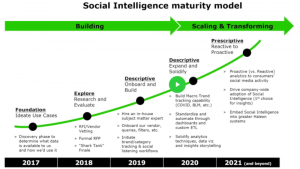Inside every organization are clues to whether people are treated equitably or whether a system of favoritism prevails.
- Who has access to the boss?
- Who gets the newest computers?
- Whose budget is protected?
Consider the question of status.
People are always looking for cues about where they stand in relation to one another. Ancient cultures communicated their status with amulets and jewelry. In modern organizations, people communicate their status by the size of their office or their level of access to the boss.
Effective leaders, who want to build high-performing organizations, understand this quest for status and deal with it in the following way.
First, they demonstrate their accessibility.
They move out of the corner office with their secretary sitting guard and design physical layouts that send a clear message: “Everyone is on the same team here.”
Once they’re out in the open, they make physical contact with everyone. Great leaders don’t hide behind their email or limit “face time” to a single meeting per week. Instead, they walk the floors, talk to different people, and take the time to learn what’s on employees’ minds. In the process, they’re letting everyone know: “My mind is open. If you have something you want to talk about, come see me.”
Going further, they strip away unnecessary trappings of status.
Private dining rooms, special parking garages, and executive elevators symbolize an “us against them” idea of management.
In the quest to build an equitable organization, here are other clues to look for:
- Human resources: Are salary ranges equivalent for similar jobs in different departments?
- Capital resources: Who gets the newest computers? The best desks?
- Titles: How are titles distributed? Are they even necessary?
- Office layout: Who’s closest to the boss? Does it make sense? Should you rotate people in and out?
- Office space: Who gets a private office? Should you even have offices? Why not an open plan, where everyone sits together?
• Dining rooms: Is it really necessary to have an executive dining room?
- Clubs: Who has access? Why?
- Dress code: Does everyone wear the same uniform? Do they have to?
- Access to performance information: Who sees profit and loss statements? Who sees the latest customer satisfaction figures? Why doesn’t everybody?
In essence, each of these clues reinforces the idea that some people are better than others, or more entitled than others. These clues send powerful messages – but they may not be the messages you want your organization to hear.
This post was originally published at Leading-Resources.com.
Business & Finance Articles on Business 2 Community
(124)
Report Post




